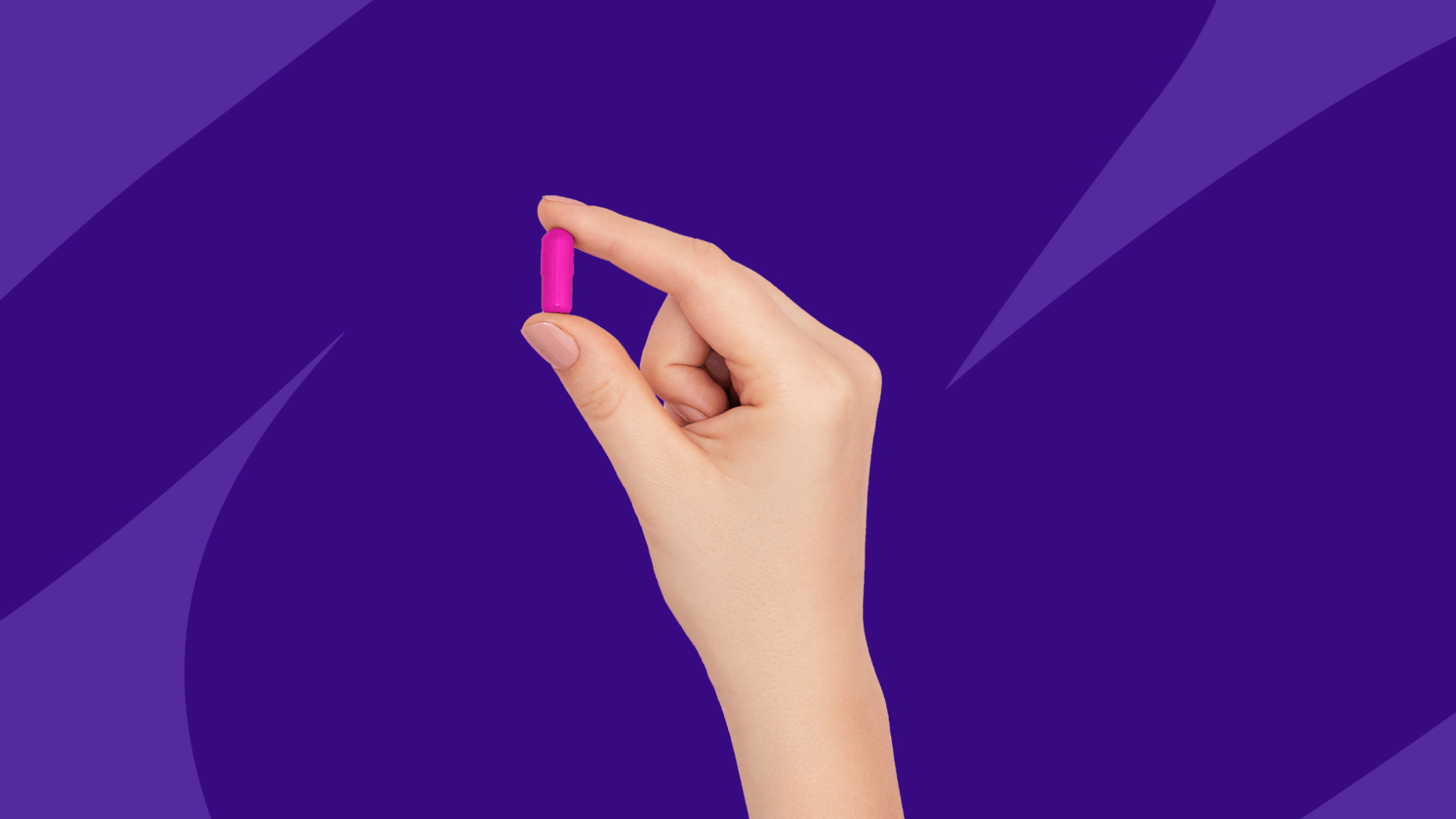Antihistamines, like Benadryl, are one of the best treatments when it comes to alleviating the symptoms of allergies and colds. However, sometimes the side effect of drowsiness can be just as bad as the symptoms they are treating. Drowsiness from antihistamines can cause reduced coordination and reaction speed, making driving and operating machinery more dangerous. Due to the severity of drowsiness, some people take Benadryl as a sleep aid, which may lead to sleepwalking. Antihistamines that cause drowsiness can increase the risk of falls for people over the age of 65. Luckily for those wanting to avoid drowsiness, there are a variety of non-drowsy alternatives.
What are antihistamines?
Allergies happen when allergens—such as pollen, pet dander, peanuts, mosquito bites, or ragweed—trigger chemicals in the body called histamines. When produced, histamines cause an allergic reaction with symptoms including stuffy nose; hives and skin rashes; or itchiness of the throat, eyes, or nose.
Antihistamines are medicines that are typically cheap and available over the counter. They reduce or block the histamines, preventing allergic reaction symptoms. Antihistamines help reduce allergy symptoms caused by environmental, seasonal, or food allergies.
First-generation antihistamines
First-generation antihistamines (developed more than 60 years ago) commonly cause sleepiness. First-generation antihistamines include:
- Benadryl (diphenhydramine)
- Unisom (doxylamine)
- Dayhist (clemastine)
- Chlor-Trimeton (chlorpheniramine)
First-generation antihistamines are in many over-the-counter (OTC) flu and cold medicines, such as Nyquil or Advil PM. These are some of the most widely used drugs in the world.
RELATED: Is it safe to drink alcohol while taking allergy medicine?
Second- and third-generation antihistamines
Second-generation and third-generation antihistamines were created more recently. These antihistamines cause less drowsiness and need to be taken less frequently throughout the day to be effective. These antihistamines are “non-sedating.”
Second-generation antihistamines, first introduced in 1981, include Claritin (loratadine) and Zyrtec (cetirizine). Third-generation antihistamines, which are newest on the market, include Allegra (fexofenadine).
Second- and third-generation antihistamines may also have variations that contain pseudoephedrine (the active ingredient in Sudafed). These antihistamines include Allegra-D, Claritin-D, or Zyrtec-D. The combination of pseudoephedrine and antihistamine helps with nasal congestion in addition to allergy relief.
Is Benadryl drowsy or non-drowsy?
Drowsiness is the main side effect of Benadryl and a common side effect in all first-generation antihistamines. Diphenhydramine is the active ingredient in Benadryl as well as OTC sleep aids.
While Benadryl does not have a non-drowsy product, there are non-sedating antihistamines, such as Zyrtec or Allegra. Restlessness is one side effect of Zyrtec, though, so it may not be the best option to take before bedtime.
Is there a non-drowsy antihistamine?
Second- and third-generation antihistamines, like Claritin and Allegra, are advertised as non-drowsy antihistamines. Studies have found that while second- and third-generation antihistamines can have some sedation effects on individuals, it is to a lesser extent than the first-generation antihistamines.
What is the best allergy medicine that is non-drowsy?
Several non-drowsy allergy medicines can treat allergies. These include non-drowsy medication, such as:
- Claritin (loratadine): This second-generation antihistamine reduces the effects of histamines and stops the triggers that lead to sneezing, runny nose, itching, and watery eyes. Side effects include stomach pain, headache, and tiredness. The standard dosage of Claritin is one 10 mg tablet once per day. Children’s Claritin is also available in the form of chewable tablets and liquid solution.
- Zyrtec (cetirizine): This second-generation antihistamine reduces the effects of histamines, stopping the triggers that lead to sneezing, runny nose, itching, watery eyes, and hives. Side effects include headache, irregular heartbeat, weakness, and restlessness. The standard dosage of Zyrtec is 5 to 10 mg tablet orally once per day. Children’s Zyrtec is available in dissolvable tablets and syrup.
- Allegra (fexofenadine): This third-generation antihistamine reduces the effects of seasonal allergies. It treats sneezing, runny nose, itchy, and watery eyes. Side effects include headache, nausea, menstrual cramps, and drowsiness. The standard dosage of Allegra is one 60 mg tablet twice daily, with approved dosing up to 180 mg per day. Children’s Allegra is available as a flavored liquid and dissolvable tablets.
Always consult a healthcare professional—like your pharmacist—if you’re unsure of the best allergy medicine for you. A pharmacist can offer medical advice regarding which allergy medicine to take while pregnant and how to combine allergy medicine.
Sources
- Trouble sleeping? Experts say skip antihistamines, Baylor College of Medicine
- Antihistamine Risks, Today’s Geriatric Medicine
- Therapeutic advantages of third generation antihistamines, Expert Opinion on Investigational Drugs (1998)
- Diphenhydramine versus nonsedating antihistamines for acute allergic reactions: a literature review, Allergy & Asthma Proceedings (2007)











